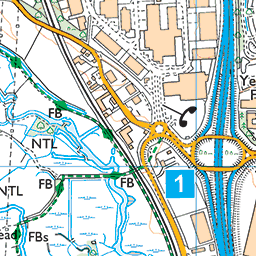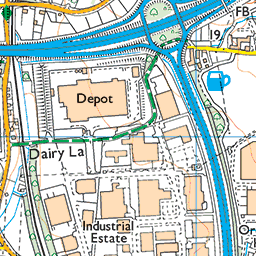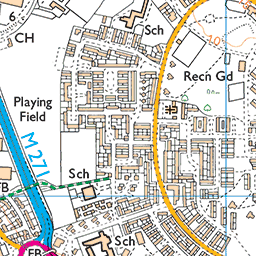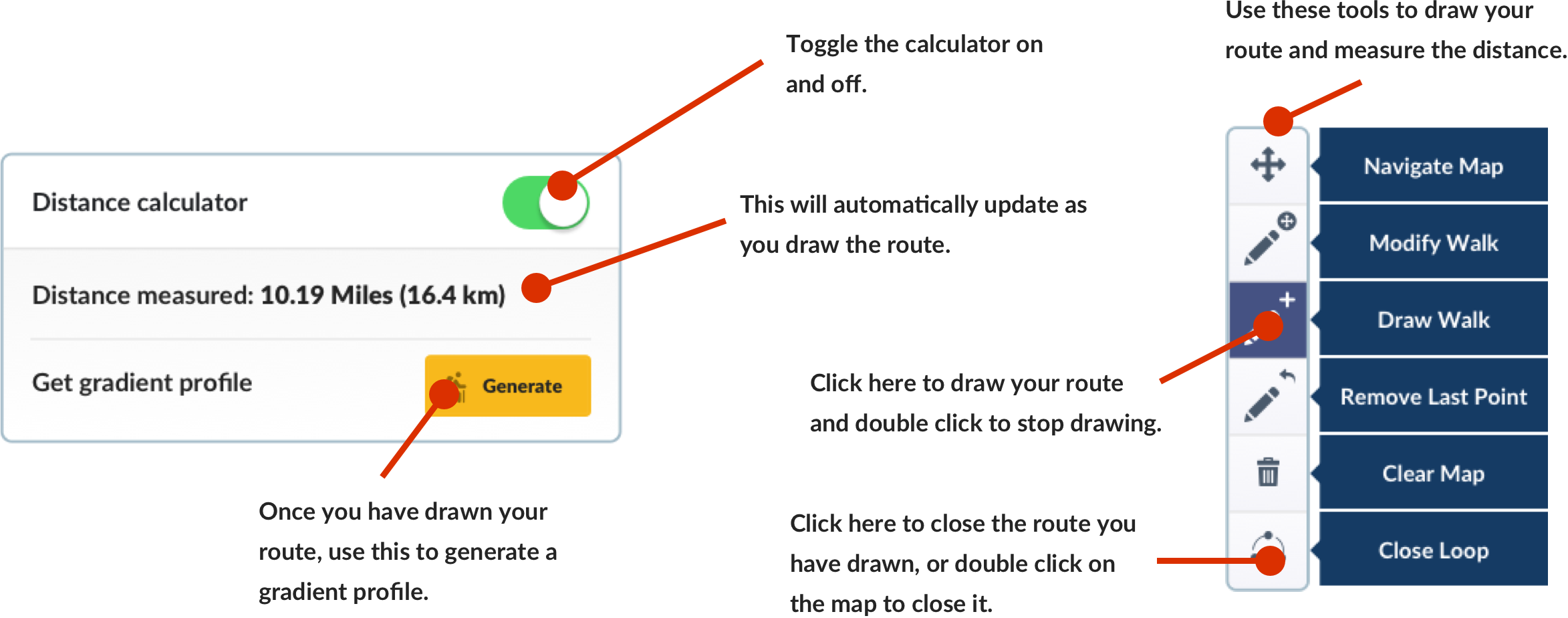The Ridgeway: Avebury to Goring
For, at least 5,000 years and maybe many more, people, including drovers, traders and invaders, have walked or ridden The Ridgeway. As part of a prehistoric track, once stretching over 360 miles (580km) from the Dorset coast to the Wash on the Norfolk coast, it provided a route over the high ground for travellers which was less wooded and drier than routes through the springline villages below.
The Ridgeway National Trail a walking route in a surprisingly remote part of southern central England. It travels in a northeasterly direction from its start in the World Heritage Site of Avebury.
From Avebury to Goring, The Ridgeway is a broad track passing through the North Wessex Downs Area of Outstanding Natural Beauty (AONB) and is often quite a distance from villages or towns. Here you’ll experience wide, open views of rolling chalk downland and find many archaeological monuments close to the Trail including Stone Age long barrows, Bronze Age round barrows, Iron Age forts and the figures of white horses cut into the chalk.
Tour Overview
The icons below highlight the distance, difficulty and theme of this itinerary.
Distance
68km
Days
3 Days
Grade
Moderate
Theme
History / Wildlife / Food and Drink
Landscape Type
Rolling Countryside / Connecting Towns and Villages
The Ridgeway: Avebury to Goring
Every step of the journey has been carefully planned to help you make the most of your walking adventure. Click on the blue tabs below for more information.
- Itinerary
- Accommodation
- Travel
- Advice
- Food & Drink
- Maps, Guidebooks and Merchandise
Itinerary
Arrival Day - Avebury
Check into your comfortable accommodation in Avebury and spend the rest of the day exploring the world’s largest prehistoric stone circle which partially encompasses the pretty village.
Archaeologist Alexander Keiller excavated here in the 1930s, and there is a museum bearing his name.
Avebury Manor, on the edge of the village, was transformed in a partnership between the National Trust and the BBC, creating a hands-on experience that celebrates and reflects the lives of the people who once lived here.
Day 1 - Avebury to Foxhill
From the start of the Trail at Overton Hill The Ridgeway climbs gradually to Barbury Castle Iron Age fort. Along this section there are characteristic sights of small clumps of beech woodland planted by the Victorians as landscape features and to give sheep some shelter. Some clumps are even planted on top of Bronze Age round barrows, frowned upon today because of the damage tree roots do to ancient monuments.
The countryside is a mixture of arable land, changing colour with the seasons, and areas of sheep or cattle grazed grassland. Some of the best views are from Smeathe’s Ridge as you descend from Barbury Castle to Ogbourne St George.
The pretty village of Ogbourne St George in the valley of the River Og contains many lovely cottages some of them built out of blocks of chalk with thatched roofs.
There’s an initial fairly steep climb out of the Og Valley on a narrow, sunken, tree-lined track after which The Ridgeway remains reasonably level until the M4 is crossed and you shortly reach Foxhill.
27km / 17 miles
Day 2 - Foxhill to Wantage
This is probably the most remote section of The Ridgeway, with some wonderful views and prehistoric monuments to enjoy.
From Foxhill the Trail undulates fairly regularly making this a relatively strenuous section along a mostly hedge-lined track.
This is a completely rural section. You’ll find yourself mostly surrounded by large fields stretching into the distance planted with crops, but some with sheep, cattle and on occasions pigs.
There is frequently a clay cap on top of the chalk along this stretch, and because of this and the fact that The Ridgeway is a relatively narrow track here, you’ll find that quite a lot of this section has been surfaced with limestone. However in many places where it’s wide enough, the grass verge is mown and provides an alternative to the surfaced strip.
Small villages are strung out below to the north of The Ridgeway at the spring line where water seeps between different geological layers. Many of these settlements are worth a visit to enjoy the local vernacular architecture which includes cottages built from chalk blocks quarried from the downs.
Your day ends in the attractive market town of Wantage, the reputed birthplace of Alfred the Great.
19km / 12 miles
Day 3 - Wantage to Goring
Rolling open downland to the south, punctuated in places by small woodlands, and fine views north into the Thames Valley are typical of this section.
On a clear day you can see the hills in the distance behind which nestles Oxford and, further east, the Chiltern Hills through which The Ridgeway later travels.
This is horse racing country and an early riser will encounter strings of racehorses exercising on the numerous gallops, long ribbons of well managed grass tracks, adjacent to The Ridgeway. The turf of the downland drains easily through the chalk just below creating excellent going for horses.
The Ridgeway along this section is a broad track for a considerable distance, mostly with a natural surface and few hedges. Here the sky dominates but it can be particularly exposed in wet, cold or hot weather. Beyond Bury Down The Ridgeway negotiates the A34 north-south trunk road by an underpass. The noise of the traffic is counteracted to some extent by the colourful mural depicting local historical scenes painted on the walls of the underpass by people from nearby villages.
Your walk ends in Goring, a historic riverside village.
23km / 14.5 miles
Departure Day
Depart after breakfast.
Accommodation
Local accommodation close to The Ridgeway walking route include Bed & Breakfasts, a Guesthouses, Farmhouses, and local Inns or a small Hotels.
Travel
Bus
Check Traveline for latest timetable information and journey planning.
Rail
The most convenient railway station for the start of the tour is Swindon (Wiltshire). Direct trains from London Paddington take less than hour to Swindon. The number 49 bus from Swindon Rail Station will take you to Avebury.
Direct trains connect Goring & Streatley rail station to London Paddington.
Visit www.nationalrail.co.uk for rail information and journey planning.
Air
The most convenient major city and international airport is Bristol International Airport.
Advice
The route is rated moderate covering between 19 and 27km each day. There is the option to walk this section of the Trail over 4 days (covering 11 to 24km each day).
The best time to take your walking holiday on The Ridgeway would be March to November. In these months you will see more wildlife and hopefully better walking conditions. British weather permitting !
May to July is the best walking time for wildflowers and birdsong – with added benefits of butterflies and sunshine.
Food & Drink
You’ll be spoiled for choice with so much great local food and drink on offer. You will pass through many small villages and towns with good pubs and cafes.
Maps, Guidebooks and Merchandise
The official guidebook and map for the Trail are available from the National Trails Shop along with a wide range of gifts and other merchandise.
Itinerary Map
Drag the map and use the zoom tool to navigate.
Wedi’i ychwanegu at eich Cynllunydd Taith isod
Cyfrifiannell pellter
Hidlwyr Map
Customise your trip with our filters.
Hidlwyr Map

Ewch o un opsiwn i’r llall isod i ddangos y marcwyr sydd ar gael.
Cyffredinol Marchogaeth BeicioLlety
Pwyntiau o ddiddordeb
Gwasanaethau
Llwybrau
Llety
Pwyntiau o ddiddordeb
Trafnidiaeth
Llety
Pwyntiau o ddiddordeb
Trafnidiaeth


















Mae'r proffil o uchder eich teithlen yn cael ei greu pan fyddwch yn defnyddio’r cyfrifiannell pellter (uchod) i dynnu llinell.
Mae'r proffil o uchder eich teithlen yn cael ei greu pan fyddwch yn defnyddio’r cyfrifiannell pellter i dynnu llinell.

Other itineraries that may interest you
Looking for something similar? Here are some ideas we think you'll love...








